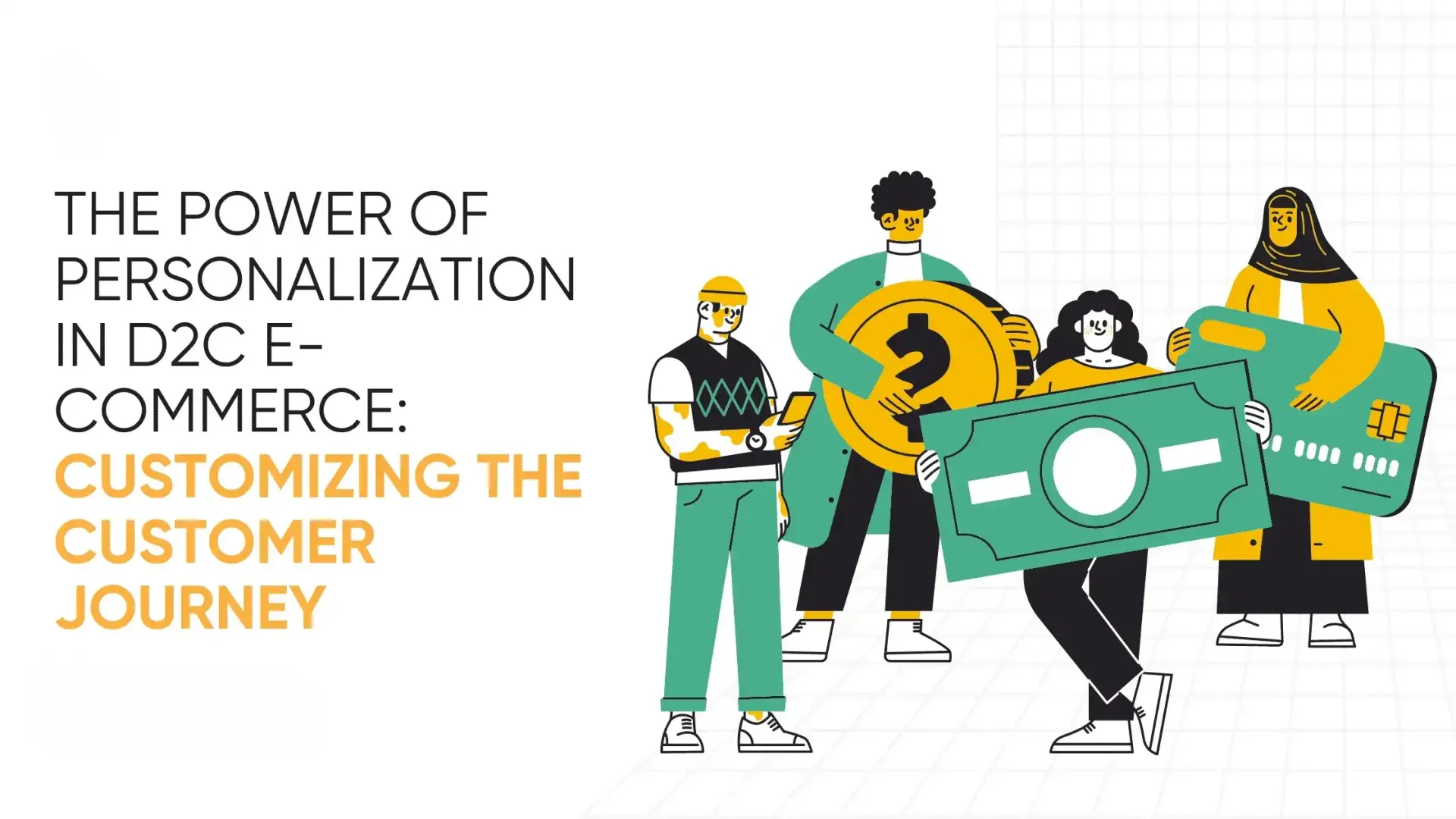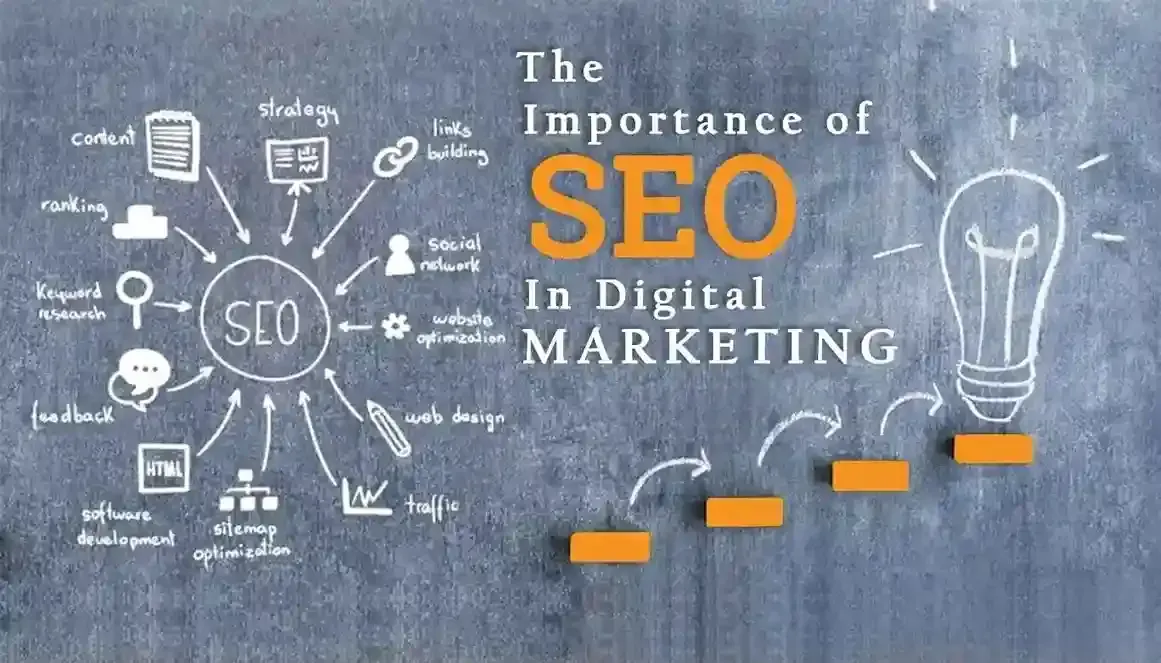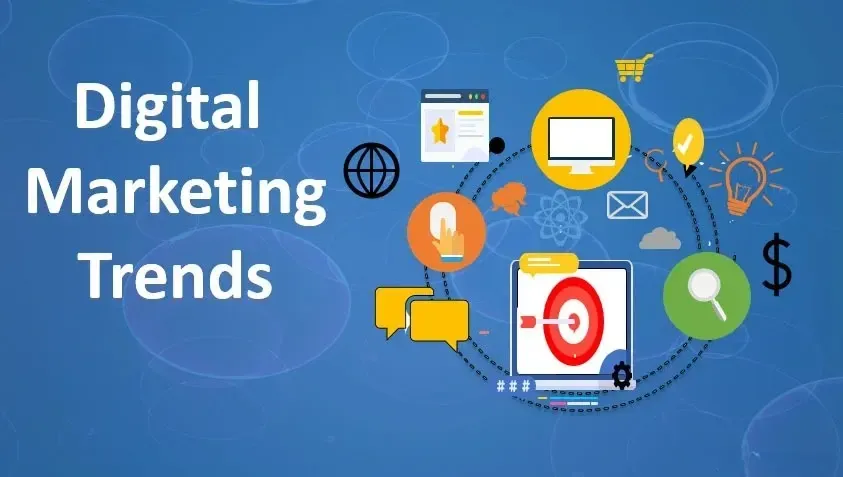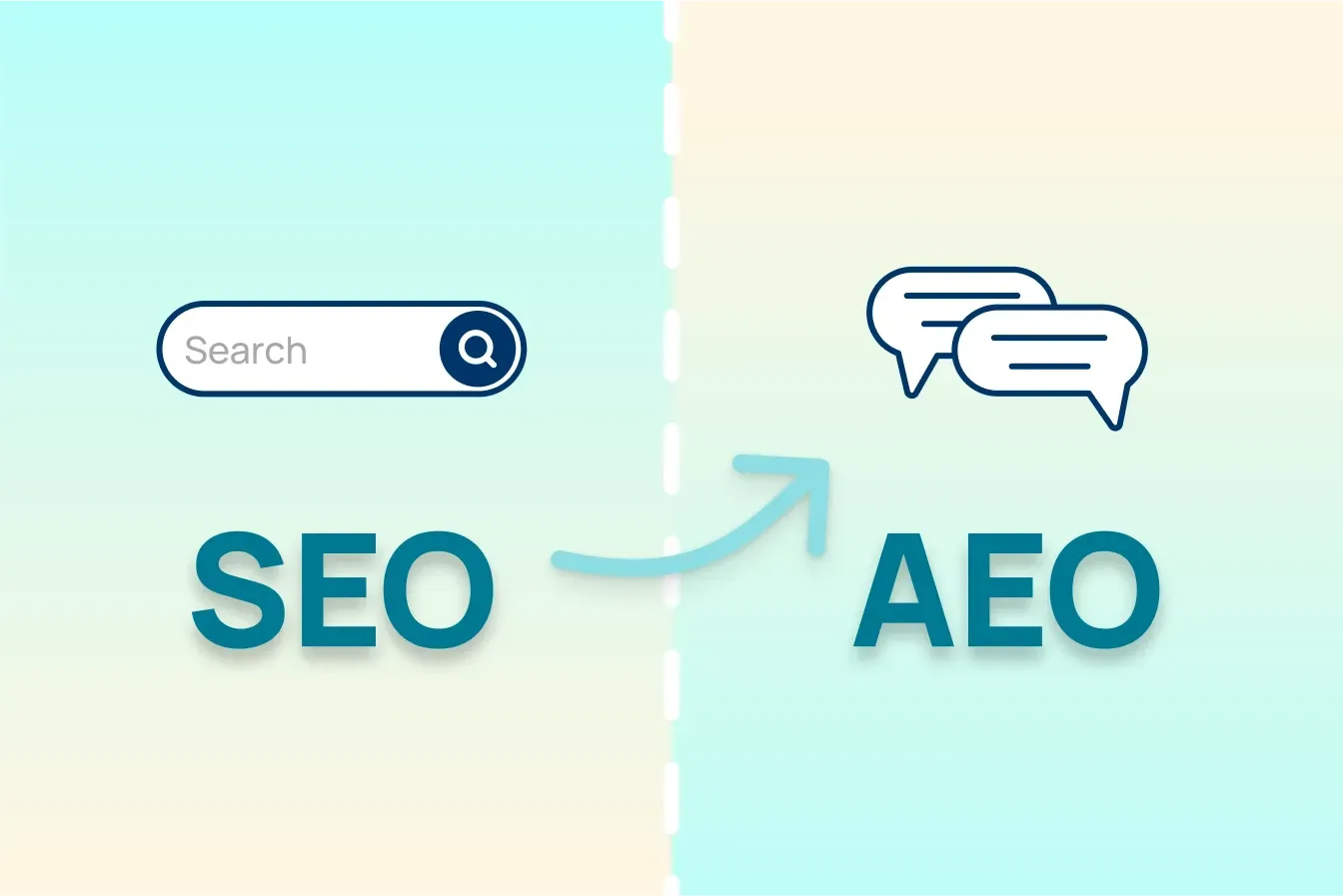How to Increase Website Conversions In 2025
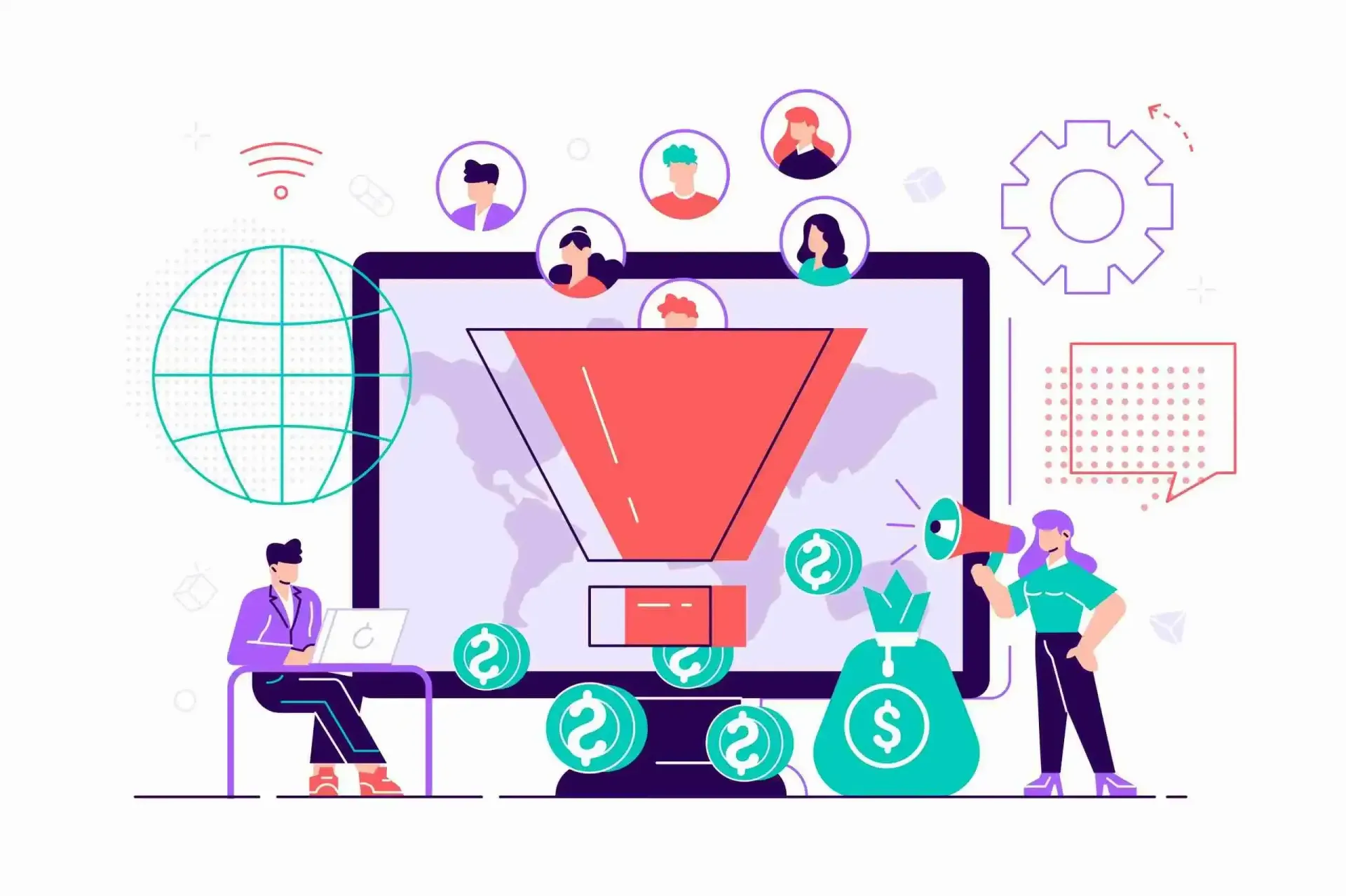
10 Proven Strategies to Increase Website Conversions in 2025
Did you know that 70% of website visitors never convert into leads or sales? As digital marketing evolves rapidly in 2025, traditional conversion strategies won't cut it. To thrive in this competitive digital landscape, businesses must embrace new trends and technologies.
In this comprehensive guide, you'll discover 10 proven strategies to convert website visitors into loyal customers, significantly boosting your revenue and market position.
What is Conversion Rate Optimization (CRO)?
Conversion Rate Optimization (CRO) is the systematic process of increasing the percentage of website visitors who perform desired actions, such as making a purchase, subscribing to newsletters, or filling out a contact form.
How to Calculate Conversion Rate?
Here's a straightforward formula:
Conversion Rate (%) = (Conversions / Visitors) × 100
What is a Good Conversion Rate?
- Average: 2% - 5%
- High-performing: 10%+
10 Strategies to Increase Website Conversions in 2025
1. Use AI-Powered Personalization
Artificial Intelligence has transformed digital interactions. Companies like Amazon and Netflix utilize AI-driven product recommendations based on user behavior, significantly enhancing user experience and conversion rates.
- Dynamic Landing Pages: Adjust content based on visitors’ preferences and previous interactions to boost relevance and engagement.
- Behavioral Tracking: Implement robust user analytics to capture data points, allowing AI systems to precisely predict and cater to visitor interests.
- Recommended Tools: Optimizely, Personyze, Dynamic Yield, which enable personalized experiences at scale.
2. Optimize for Mobile-First Conversions
With over 60% of web traffic now coming from mobile devices, a seamless mobile experience is essential.
- Responsive Design: Ensure websites are easy to navigate and visually appealing on all mobile devices.
- Sticky CTAs & One-Click Checkout: Keep calls-to-action visible and minimize friction during checkout.
- Mobile Optimization Keywords: Optimize content for mobile-specific searches, enhancing mobile SEO.
- Google's Mobile-First Indexing: Mobile-friendly sites rank higher, enhancing visibility and conversions.
3. Improve Page Load Speed
Studies show that just a one-second delay reduces conversions by up to 7%.
- Speed Optimization: Compress images, enable lazy loading, and leverage a Content Delivery Network (CDN) for faster loading.
- Regular Speed Checks: Use Google PageSpeed Insights to continuously optimize site performance.
- AMP (Accelerated Mobile Pages): Implement AMP for faster loading on mobile, improving user experience and boosting SEO.
4. Add Trust Signals
Building trust online significantly impacts conversion rates. Clear trust indicators reassure hesitant visitors:
- Customer Reviews & Testimonials: Display positive feedback prominently.
- Trust Badges: Include SSL certifications, money-back guarantees, and secure checkout icons.
- Certifications and Accreditations: Highlight industry-specific certifications and awards.
- Real-Life Example: Airbnb boosts trust with verified reviews, greatly increasing booking rates.
5. Optimize Your CTA Buttons
Your Call-To-Action (CTA) buttons significantly influence user behavior.
- Color Psychology: Colors like red and orange evoke urgency, while green and blue inspire trust.
- Actionable Text: Replace generic terms like "Submit" with compelling phrases like "Get My Free Trial."
- Urgency Indicators: Add countdown timers and limited-time offers to enhance urgency.
- Real-Life Impact: HubSpot achieved a 14% conversion increase by optimizing their CTA button text.
6. Use Heatmaps & A/B Testing
Insights from user behavior analytics significantly enhance conversions.
- Tools: Hotjar, Crazy Egg, Microsoft Clarity identify user engagement patterns and friction points.
- Optimization Strategy: Address areas of high drop-off, test different CTA positions and colors.
- Iterative Testing: Regularly iterate on test results for continuous improvement.
- Case Study: A simple button color change increased conversions by 21% through A/B testing.
7. Leverage Social Proof & FOMO (Fear of Missing Out)
Human psychology shows we follow others’ actions, especially in uncertain scenarios:
- Live Sales Popups: Notifications like “John just bought this 5 minutes ago” create urgency.
- Scarcity Marketing: Messages like “Only 2 items left!” prompt immediate action.
- Influencer Testimonials & User-Generated Content (UGC): Authentic testimonials and influencer endorsements enhance credibility.
- Highlight Popular Choices: Clearly mark best-selling products or services to guide users’ decisions.
8. Reduce Form Friction & Checkout Abandonment
Simplifying user interactions leads to higher conversions.
- Shorter Forms: Only ask for essential information to reduce friction.
- Guest Checkout & Multiple Payments: Removing unnecessary barriers smoothens the purchase process.
- Exit-Intent Popups: Capture hesitant visitors with special offers or discounts, recovering potential lost sales.
- Progress Indicators: Clearly show users how close they are to completing checkout, reducing abandonment.
9. Create High-Converting Landing Pages
Focused, distraction-free landing pages enhance conversions significantly:
- Single Goal per Page: Reduce distractions to keep users focused on conversion.
- Powerful Visuals & Clear Value Propositions: Engage visitors immediately with compelling visuals and direct messaging.
- Interactive Elements: Include quizzes or interactive forms to increase user engagement.
- Real-Life Example: Dropbox increased signups by 60% by simplifying their homepage and clarifying their value proposition.
10. Retargeting & Email Nurturing
Persistent yet personalized marketing re-engages users, significantly improving conversion rates.
- Retargeting Ads: Platforms like Facebook and Google Ads effectively bring visitors back to your site.
- Automated Email Sequences: Personalized, timely emails guide visitors back toward conversion.
- Abandoned Cart Recovery Emails: Reminders and incentives help reclaim potentially lost sales (average increase: 10%+).
- Cross-Selling and Upselling: Strategically recommend complementary products in follow-up emails to maximize customer value.
Conclusion
At The SEO Workhorse we believe that to succeed in converting website visitors into customers in 2025, adopting these advanced and proven strategies is essential. By leveraging AI personalization, optimizing for mobile-first indexing, boosting page speeds, and establishing robust trust signals, you can significantly enhance user engagement and drive conversions. Remember, continual testing and optimization are crucial to staying ahead in the ever-changing digital landscape.
Ready to boost your website conversions?
Contact us today for a free Website CRO audit!
FAQ’s
What is a good website conversion rate in 2025?
A good conversion rate typically falls between 2%-5%, but top-performing websites often achieve conversion rates of 10% or higher.
How can I increase my website conversions quickly?
Quick improvements in conversions can be achieved through A/B testing, CTA optimization, improving site speed, and leveraging social proof strategies.
What are the top tools for improving website conversions in 2025?
Top tools include Optimizely, Hotjar, Crazy Egg, Personyze, Dynamic Yield, and Microsoft Clarity.
How does AI personalization affect conversion rates?
AI personalization significantly boosts conversion rates by tailoring content and product recommendations to user preferences and behaviors, increasing relevance and engagement.
What is mobile-first indexing, and why is it important for conversions?
Mobile-first indexing means Google prioritizes your site's mobile version when ranking. It's essential for conversions because a responsive mobile site provides better user experiences, leading to higher engagement and conversion rates.




